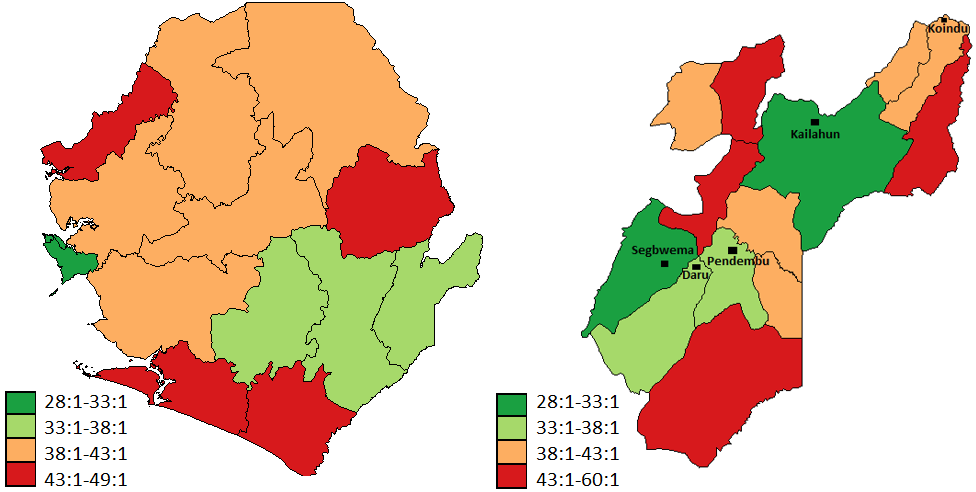Blog by Alexandra Albert: “…In many instances people outside of the academy can and do, do social research even when they do not consider what they are doing to be social research, since that is perceived to be the preserve of ‘experts’. What is it about social science that makes it a skilful and expert activity, and how or why is it practiced in a way that makes it difficult to do? CSS produces tensions between the ideals of inclusion of social actors in the generation of information about the everyday, and the notion that many participants do not necessarily feel entitled, or empowered, to participate in the analysis of this information, or in the interpretation of what it means. For example, in the case of the Empty Houses project, set up to explore some of these issues discussed here in more detail, some participants suggested they did not feel comfortable reporting on empty houses because they found them hard to identify and assumed that some prior knowledge or ‘expertise’ was required. CSS is the perfect place to interrogate these tensions since it challenges the closed nature of social science.
Second, CSS blurs the roles between researchers and researched, creating new responsibilities for participants and researchers alike. A notable distinction between expert and non-expert in social science research is the critique of the approach and the interpretation or analysis of the data. However, the way that traditional social science is done, with critical analysis being the preserve of the trained expert, means that many participants do not feel that it is their role to do the analysis. Does the professionalisation of observational techniques constitute a different category of sociological data that means that people need to be trained in formal and distinct sociological ways of collecting and analysing data? This is a challenge for research design and execution in CSS, and the potentially new perspectives that participating in CSS can engender.
Third, in addressing social worlds, CSS questions whether such observations are just a regular part of people’s everyday lives, or whether they entail a more active form of practice in observing everyday life. In this sense, what does it really mean to participate? Is there a distinction between ‘active’ and ‘passive’ observation? Arguably participating in a project is never just about this – it’s more of a conscious choice, and therefore, in some respects, a burden of some sort. This further raises the issue of how to appropriately compensate participants for their time and energy, potentially as co-researchers in a project and co-authors on papers?
Finally, while CSS can rearrange the power dynamics of citizenship, research and knowing, narratives of ‘duty’ to take part, and to ‘do your bit’, necessarily place a greater burden on the individual and raise questions about the supposed emancipatory potential of participatory methods such as CSS….(More)”

